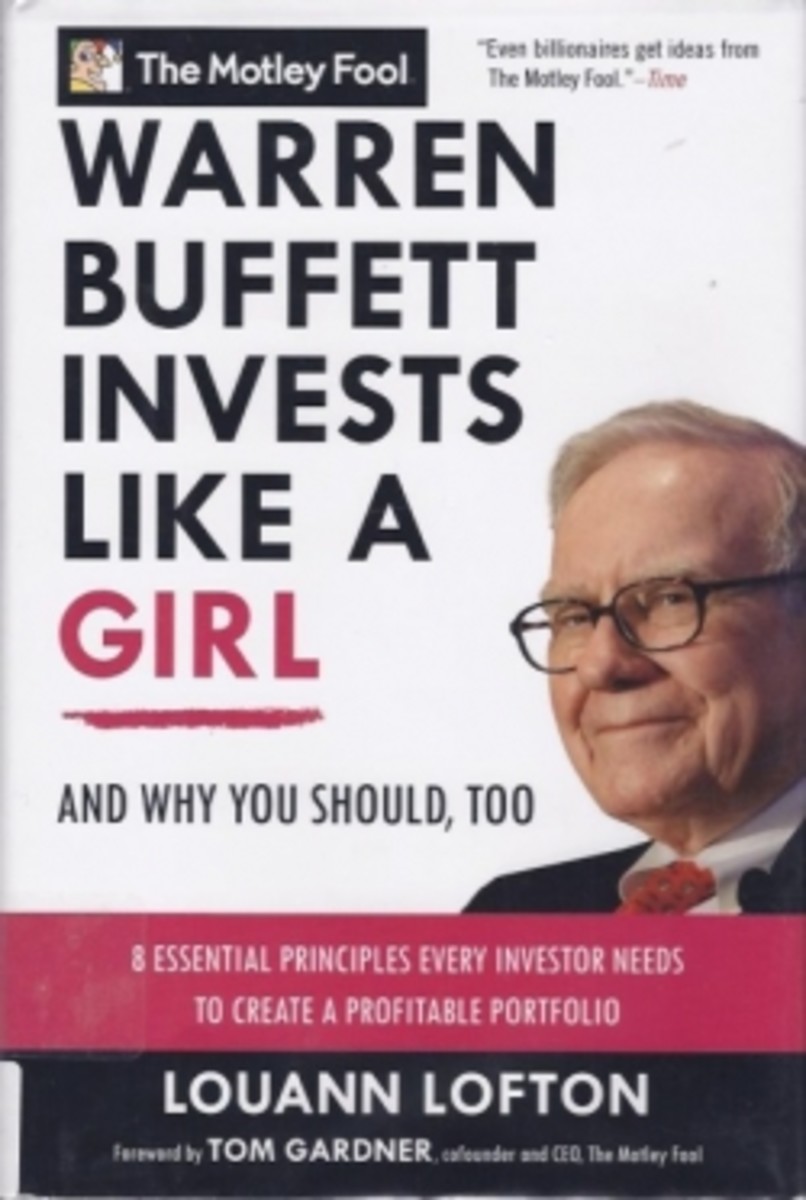10 Steps to Learn About Investing

Investing is popular for people who are looking for passive income. Because of this, people are putting their money into a company that can give them profits in return. They invest to these lucrative investment products namely stocks, bonds, mutual funds, real estates, and CDs.
To start with any of these investment products, it does not require a large amount of money. However, what are the steps as to how to learn about investing?
Below are the following steps that you can follow in how to get started.
Step 1: Track All Your Finances
Before you jump into investing, it is best to re-examine your monthly cost of living, bill payments, credit card balances, mortgages, and loans. You need to track them so that you can allocate a favorable amount for your investment. Tracking all your finances is highly essential especially if you have a tight shoestring budget.
According to grammatist, shoestring budget was coined during 1800s by Americans. It is used as an idiomatic word or phrase that describes a budget with limited funding or finances. Therefore, if you want to try investing, try managing your finances first before you commit yourself into investing. In addition, you just need to remember that it is not necessary to invest big amount of money.
If still in doubt, try reading an article by William Artzberger about "To Invest or to Reduce Debt, That's The Question".
Step 2: Understand the Basics of Investing
To become a successful investor, you need to learn the basics of investing. You need to understand the jargon usage and how to interpret the market data. If you don't have a firsthand knowledge about these, it will be hard for you to decide what company to invest with.
You can start reading the books of Warren Buffett entitled "The Buffetology", William J Bernstein entitled "The Four Pillars of Investing" or "Learn To Earn" by Peter Lynch. Start reading today!
Step 3: Know Your Goals
When you're done assessing your budget and studied the basics of investing, then it is time for you to set your goal.
Most investors become successful in their chosen investment products; because, they have specific goal that they want to achieve. For instance, if they want to get bigger profits, they go for riskier bet depending on their needs either it is for short term or long term goal in life.
If you are uncertain about your goals, try reading the blog article of Jason Van Bergen about Basic Investment Objectives.
Step 4: Be A Risk Tolerant
Investing is not for a faint of heart. You need to be mentally and emotionally strong. You have to be 100% ready for the risk involve when investing. In every investment product, the market volatility becomes normal. Sometimes investors are used to the irregularity of the market value. That is why when it hits their investment, they already know how to let go and move on.
You can try reading "The Little Book of Behavioral Investing: How not to be your own" by James Montier, so that you'll know what to do when your investment fails.
Step 5: Know Your Own Investment Style
After assessing your investing goal and tolerance, then the next step to take is to learn your own investment style. You have to know what type of investor you are.
There are two types of investors: (1) Conservative investors and (2) Aggressive investors. Conservatives prefer to invest their money in low-risk investment products like government bonds, mutual funds or cods. On the other hand, aggressive investors prefer to invest their money in high-risk investment products like equities and stocks. This kind of investor gets bigger profits in the future.
If you are just a beginner in investing, sometimes your style mismatched your goal and tolerance. Therefore, you have to re-assess your goal and tolerance every now and then. For example, if you seek for bigger return (your goals), then be an aggressive investor and make sure you have tolerance (your emotions) in terms of losing your money. If you are not yet ready to lose your hard earned money, then there's nothing wrong to choose the safer side which is to be a conservative investor.
Slowly you will learn the game of investing. Once you're ready and equipped with different strategies, you can start diversifying your style. If you want to understand how it works, you can read an article by Shauna Carther which is entitled Achieving Optimal Asset Allocation.
Step 6: How Much Is The Cost of Investing?
When you're in investing, it also involves other people. You get to meet stock brokers, fund managers and professional experts. These are the people who can help you in terms of trading your investment products in a foreign exchange centers. These professionals have their own role and they have their specific expert fees.
Therefore, it is best to ask how much the operational costs or is there any hidden charges before you decide how much money you can invest.
Step 7: Look for Broker or Advisor
A trusted person or a representative in a financial entity is important if you want to be successful in investing. Even famous investors like Warren Buffet has advisor too. In general, their vital role is to research, study the market trends and provide comprehensive reports on what to do with your investment. If you can allocate funds for their professional fees, then go ahead and don't hesitate to look for a broker or advisor.
If your budget won't allow you additional fees, then better do your own research and decide if you want to buy or sell your shares. To further help you how to go about this, you can also read a helpful book by Benjamin Graham entitled "The Intelligent Investor".
Step 8: Choose Your Investment Products
If you know your investing style, either conservative or aggressive, then it is time to choose your investment. You just need to make sure that it matches your goal and tolerance. In addition, if you want to improve your investing strategy by diversifying your investments, then you can learn from experts especially the books entitled "Winning the Loser's Game - Timeless Strategies for Successful Investing" by Charles D. Ellis and "The Essays of Warren Buffet" by Warren Buffet.
Step 9: Be Emotionally Ready
Investing is not always in a winning side, sometimes you are in a losing side. Always re-assess your emotions. Some investors become greedy especially if they lose their money due to the stock market downturn. Sometimes out of fear they sell their investment too early.
This is the reason why an advisor or a financial mentor is highly necessary for you to outweigh the pros and cons. But if you trust your own knowledge, then go ahead and decide what is best for your investment.
Step 10: Study Your Portfolio
Always check your investment portfolio. Once you've started investing to stocks, bonds and mutual funds, you need to recheck your portfolio from time to time. In this way, you may modify or rebalance your asset.
Conclusion
These are important steps for you to know how investing works. Many investors start with no enough knowledge. But they are not afraid to keep on learning until they become successful in this kind of business. If you want to be one of them, don't be afraid to take risk and seek help if necessary.
There are plenty of investing resources online or you can join investing slack group for further assistance.








